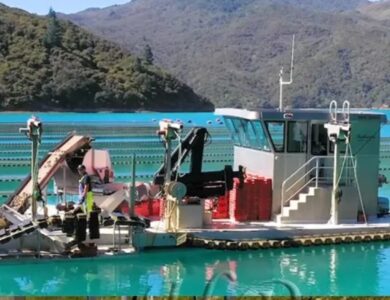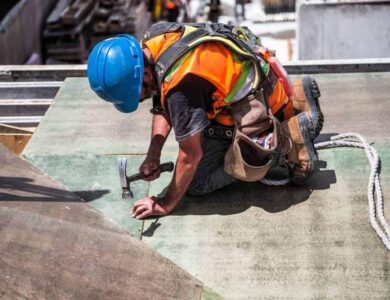Understanding the Difference Between PSL1 and PSL2 API 5L Pipes: Insights from a Leading Manufacturer and Supplier

API 5L pipes are a cornerstone in the pipeline industry, accommodating the transport of gas, water, and oil in the energy and petrochemical sectors. As a leading API 5L pipes supplier and manufacturer, Trio Steel prides itself on its deep understanding and comprehensive expertise in the production and supply of these critical components. With the industry’s continual evolution, it is essential to recognize the distinctions between two primary categories within the API 5L specification: PSL1 and PSL2 pipes. This differentiation is crucial for ensuring that the right type of pipe is used for the right project, optimizing performance and safety.
PSL1 vs. PSL2: The Prime Distinctions
The API 5L specification divides into two levels or Product Specification Levels (PSLs) – PSL1 and PSL2. This division is primarily concerning the pipes’ tolerance, chemical composition, mechanical properties, and quality assurance measures. Understanding these distinctions is imperative for any project, ensuring the selection of the most appropriate and cost-effective pipe.
Chemical Composition
One of the primary differences between PSL1 and PSL2 pipes lies in their chemical composition. PSL2 pipes have more stringent chemical composition requirements than PSL1 pipes, offering a higher level of quality assurance in projects where this is a critical factor. This involves tighter control over elements like carbon, phosphorus, sulfur, and alloy elements, enhancing the pipe’s strength and the ability to withstand harsh conditions.
Mechanical Properties
Mechanical properties, including yield strength, tensile strength, elongation, and impact energy, are where PSL2 pipes also see stricter requirements. PSL2 pipes are designed to have higher performance characteristics, making them suited for more challenging environments. The enhanced mechanical properties ensure that PSL2 pipes can handle higher pressure levels, variable temperatures, and more demanding mechanical stresses.
Quality and Testing
From a quality perspective, PSL2 pipes undergo more rigorous testing and quality standards than their PSL1 counterparts. This includes mandatory non-destructive testing for PSL2 pipes, whereas it is optional for PSL1. Additionally, PSL2 pipes require a mandatory impact test at 0°C (32°F), ensuring their resilience in lower temperatures. Such stringent testing protocols ensure that PSL2 pipes provide a higher level of quality assurance, a critical consideration for projects with strict quality requirements.
Trio Steel’s Expertise and Assurance
As a reputable API 5L pipes supplier and manufacturer, Trio Steel offers extensive experience in both PSL1 and PSL2 pipes, providing a wealth of knowledge to clients navigating these specifications. Our expertise ensures that clients can make informed decisions based on their specific project needs, whether they demand the more basic qualities of PSL1 or the advanced characteristics and quality assurances provided by PSL2 pipes.
Trio Steel’s manufacturing process incorporates state-of-the-art technology and rigorous quality control measures, ensuring every batch of API 5L pipes, be it PSL1 or PSL2, meets the highest industry standards. Our commitment to excellence is underpinned by our proficiency in understanding and executing the nuanced requirements of PSL1 and PSL2 specifications, making us a trusted partner in the global pipeline industry.
Conclusion
Understanding the difference between PSL1 and PSL2 in API 5L pipes is critical for selecting the appropriate material for your projects. With Trio Steel’s unmatched expertise as an API 5L pipes supplier and manufacturer, clients have a reliable source for high-quality pipes that meet their specific requirements. Whether it’s the basic standards of PSL1 pipes or the advanced features of PSL2, our commitment to excellence and our comprehensive understanding of these specifications ensures optimal performance and reliability for any project.



